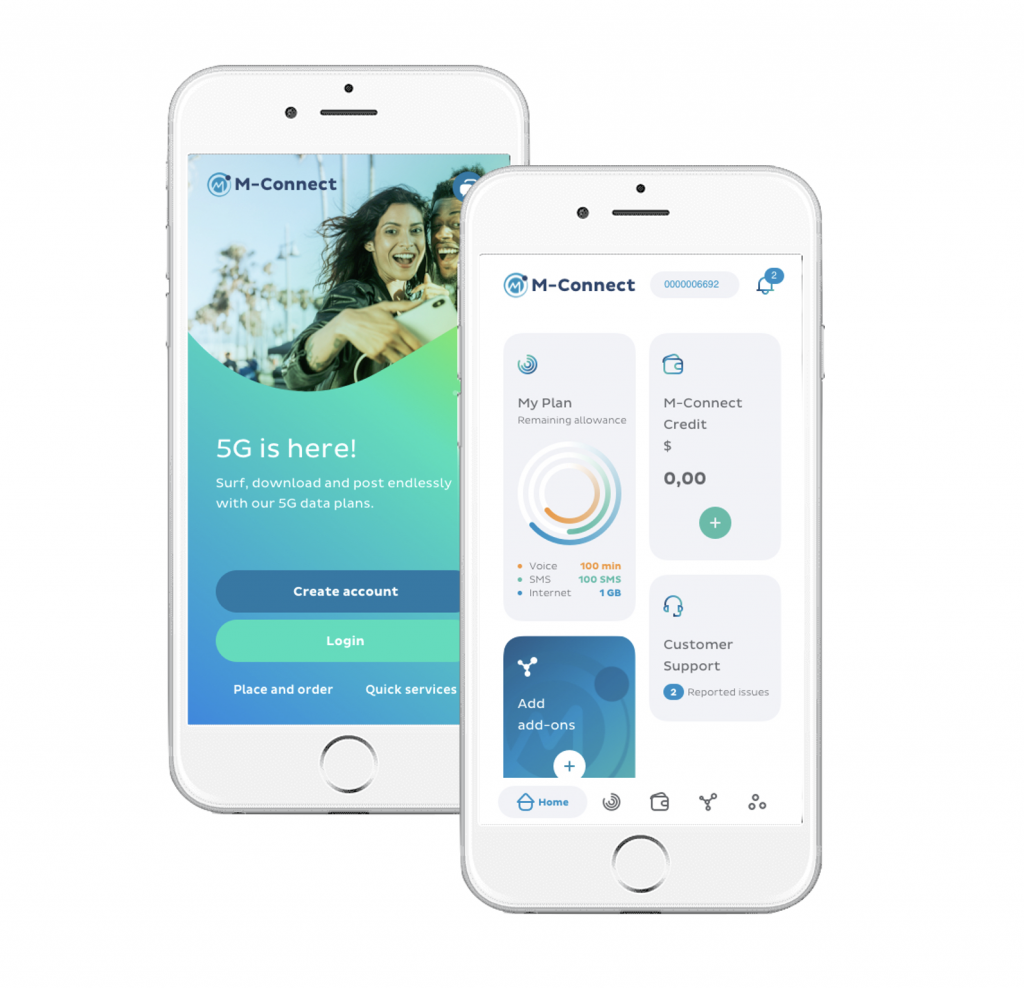The shift to remote working has forced many organisations to rethink whether an employee’s proximity to the office should still be a key factor for certain roles. In theory, technology allows us to work from anywhere in the world, but just how easy is it to manage a global workforce?
Here, Hamish White CEO of telecommunications software provider Mobilise, explains why businesses wanting to adopt remote working should consider digital alternatives to traditional subscriber identity model (SIM) technology.
According to analyst company Gartner, more than 80% of companies plan to allow employees to work remotely at least part time after the pandemic. While restrictions on overseas travel still limit employees’ ability to truly ‘work from anywhere’, we could soon be seeing a more globally dispersed workforce.
Previously, it’s been difficult to work from another country for a long period of time. Not only because most companies wouldn’t allow it, but also due to the limitations of tourist visas that make staying in another country for more than a few weeks difficult. However, things could be about to change.
The digital nomad visa
Countries around the world are experimenting with ‘digital nomad’ visas that will blend the boundaries between work and travel. One of the first countries to offer a long-term remote working visa was Barbados, with the launch of the Barbados Welcome Stamp in 2020, enabling digital nomads to stay for over twelve months — far longer than the usual 30 to 90 days.
Other countries have followed suit. It’s now possible to obtain similar visas for Bermuda, Costa Rica, Estonia, Croatia and the United Arab Emirates. Quite ironically, digital nomads are easy to locate. They build their careers on the internet, using technology to both share aspects of their personal lives and to keep in touch with colleagues during working hours. Having a mobile device is a tech essential.
Therefore, businesses that want to seize remote working opportunities will require technology that makes keeping in contact as simple as possible. While such travel freedom isn’t viable for all organisations, it’s evident that a large portion of businesses will retain some form of flexibility moving forwards whether that means remote, hybrid or flexible working.
Service providers (SPs) are listening to these demands, offering communication packages that include video conferencing tools, unified communications bundles and mobile device management (MDM) offerings including bring your own device strategies. While technologies such as Voice over Internet Protocol (VoIP) or WebRTC do well to support remote working, using the internet to make calls and reduce operational costs, there’s another area of mobile software that SPs are beginning to consider.
Introducing the eSIM
SIM cards are an integral authentication method for mobile networks, and have been helping users access services securely since 1991. Inside the SIM card sits a programmable integrated circuit (IC) chip called a Universal Integrated Circuit Card (UICC) that stores the SIM’s authentication parameters, including subscriber credentials and network authentication keys.
Until now, mobile subscribers have had to manually insert SIM cards into their device as part of its set up. This has meant that a device can’t use the mobile network until the SIM card is available. It has also meant that mobile users need multiple SIM cards if they have more than one network contract, so those working remotely would need to keep track of several SIM cards, if they had mobile contracts in different locations.
But as working models shift, telecoms customer expectations are changing. Users, more than ever, are looking for simpler, more flexible ways of managing their mobile subscriptions from digital channels. And that’s where eSIMs come into play.

The standards of an embedded SIM, or eSIM, were introduced by the Global System for Mobile Communications Association (GSMA) in 2010, primarily to serve Internet of Things (IoT) products. The technology allows service providers to provision or programme service profiles remotely. However, the same technology can be applied to consumer products, meaning a SIM profile could be provisioned remotely without the need for a physical SIM card.
The consumer use of eSIM was accepted by the GSMA in 2016 but has only really started to gain traction in the last twelve months as the penetration of eSIM capable devices has reached critical mass. eSIM means that SIM card technology can now be embedded into the device, rather than on the separate physical UICC.
Flexible, digital communication
There are many benefits to using eSIMs in mobile devices. One of the boons is remote provisioning, allowing users to set up their devices instantly without needing to visit a retail store or wait for their SIM card to arrive via the post. For those working remotely, the ability to connect and communicate without delay will be key to maintaining productivity.
Having contracts with more than one network is also simpler. Because an eSIM lets you store multiple mobile services in a single device, users will be able to switch quickly between them. This could come in handy if in areas with poor or no signal, switching between personal or work contracts or availing of alternative, more competitive, roaming services.
Another advantage of eSIMs is that they will eventually negate the need for a physical SIM card and its tray. Smartphone manufacturers could use this space to increase a phone’s battery size or add more features to a handset.
Widespread adoption of eSIMs is inevitable GSMA Intelligence estimates they will be used in between two and three billion smartphones by 2025. To help SPs get ahead of the curve, Mobilise has launched its own eSIM as a service.
Consisting of Mobilise’s digital platform, M-Connect, and eSIM infrastructure from Oasis Smart SIM, the service offers users a one-tap installation method that eliminates the need for QR codes and physical SIM cards. Using Mobilise’s eSIM as a Service, SPs can fully digitalise their services to make the onboarding process quick and uncomplicated for end users.
M-Connect takes digital service management a step further. As a fully customisable, modular platform, M-Connect’s digital interfaces allow for easy onboarding of customers via in-app eSIM provisioning. To make remote working effective, easy to manage software services is key. Using platforms such as M-Connect, SPs can implement digital-first service propositions with flexible modules that meet business needs. In turn, end users benefit from a truly digital experience that delivers freedom and flexibility to mobile communications.
Work has become a thing that you do, rather than a place you physically go to, and telecommunications must reflect this shift. Mobile services play a vital role in keeping employees connected with one another. The move to a digital first approach is inevitable for the telecommunications industry, and becoming early adopters of technologies such as eSIM with in-app provisioning will help SPs retain their competitive advantage.
The author is Hamish White CEO of Mobilise.
Comment on this article below or via Twitter: @VanillaPlus OR @jcvplus






